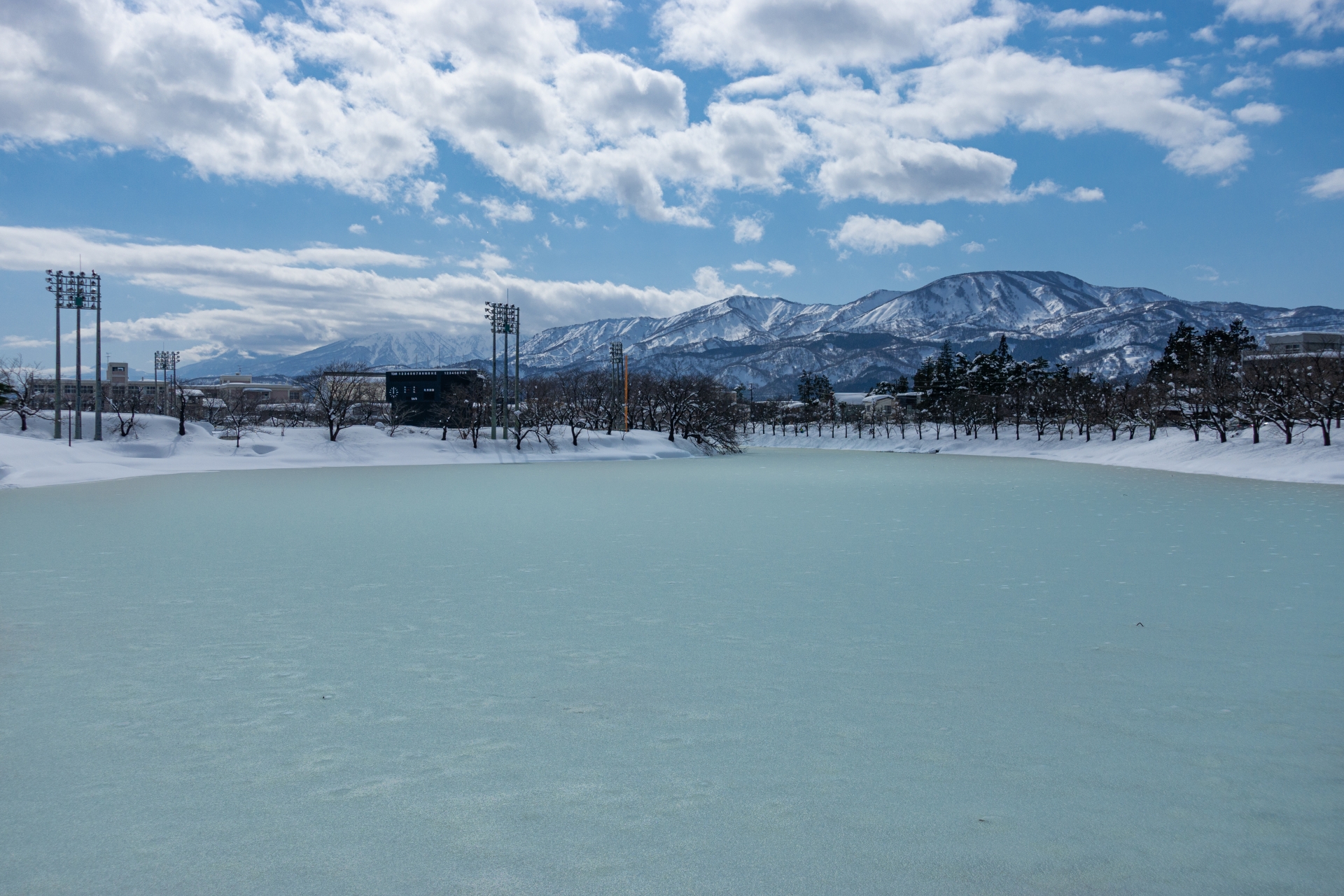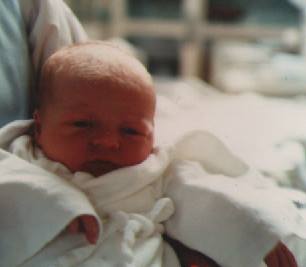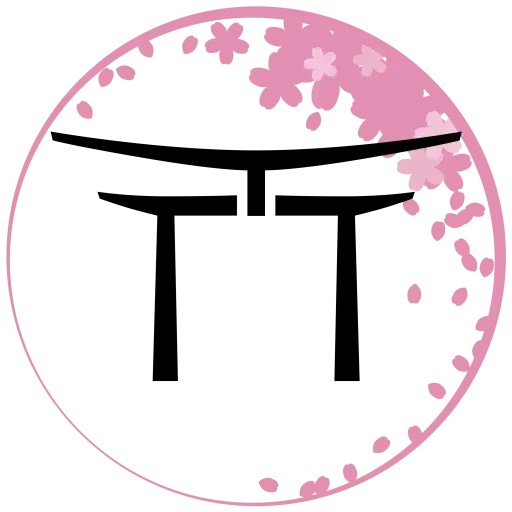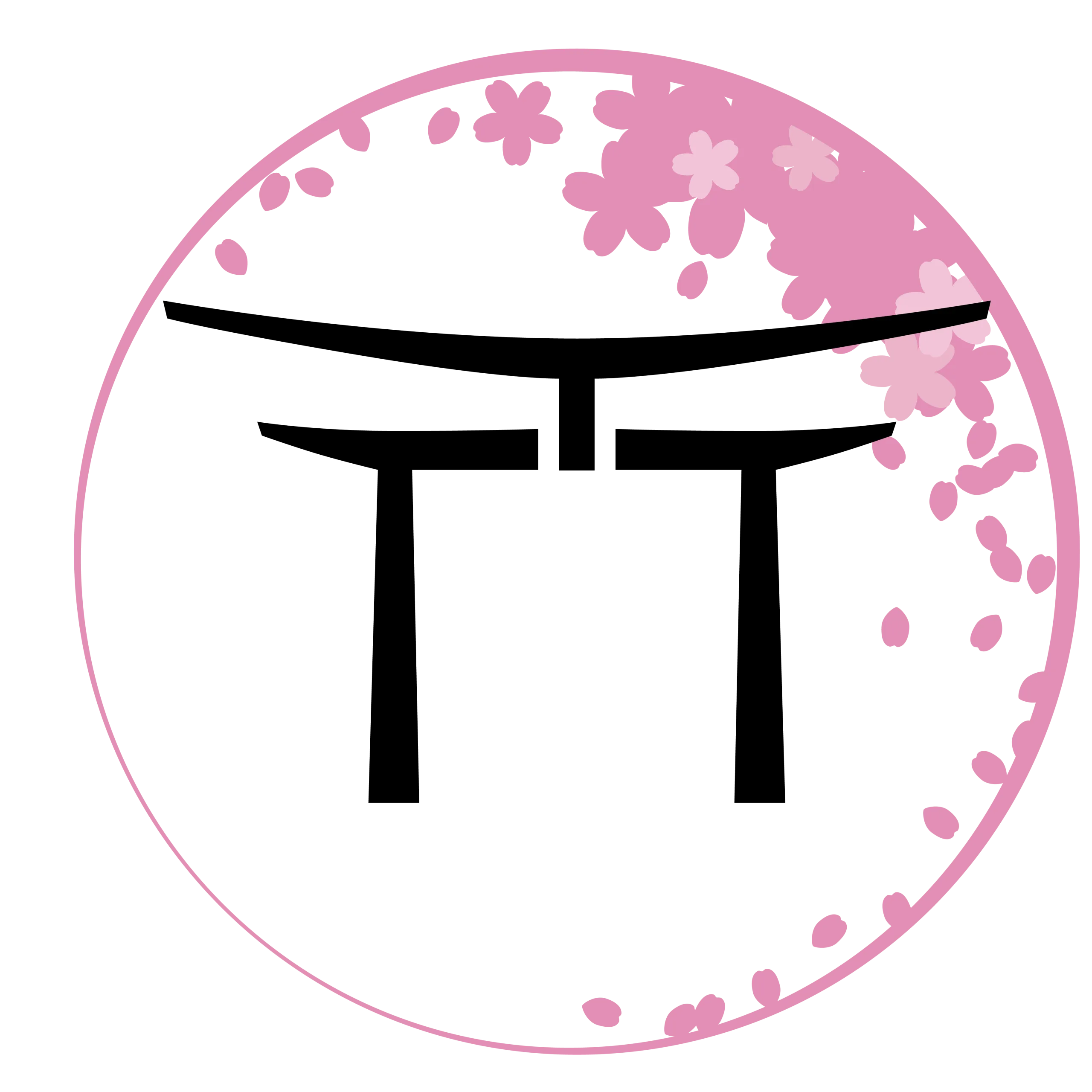Giving Birth in Japan in the 80s

Last Updated on May 9, 2025 by Kay
This post may contain affiliate links, meaning I may earn a small commission on any purchases through those links at zero additional cost to you. Whatever I make goes to keeping this website running and I am forever grateful for the support. See my Privacy Policy for more information.
Earlier this month, I received a very interesting comment on my article about my birth preparation class in Japan. I was fascinated and instantly knew I wanted to share this person’s birth story in Japan with my readers.
If you’ve ever wondered what it was like to give birth in the inaka (countryside) of Japan in 1981, as a foreigner, then you’ll want to read Barbara’s story.
Barbara is a mother of six who had her first child in Canada before giving birth to her second in Japan, so she knew what to expect in terms of giving birth, in a sense. But she knew navigating something she had done once before in Canada would be different in Japan, in particular, childbirth practices and postpartum care, and the only things she knew were from word of mouth. (I’m going to be honest here, I would have headed for the hills back then if I had heard what she did!)
Get comfy, this is going to be quite the read, with some things familiar (if you have given birth in Japan) and others… not so much.
A huge thank you goes out to Barbara for taking the time to write in detail about her experience and agreeing to share it with everyone! You are amazing, Barbara, and what a story to have and be able to share with the world!
Table of Contents
A Canadian’s experience giving birth in Japan in 1981
Have always been glad it was my second child, as the first was hard enough while I was living in my own country! (The one born in Japan, as it turned out, was the most normal of all my deliveries as it was the only one with whom I didn’t have back labor.)
I came to this website, Tiny Tot In Tokyo, to see if things have changed in the past 40+ years. Back then, it didn’t seem too common for mothers to have childbirth education to help them deal with labor, and it was certainly treated as highly unusual for my husband to say he wanted to be there, too. It looks as if things have changed and I’m glad to hear it.
I am so happy that Japanese women have more now than was common then. It must have been pretty rough on them… One of my Japanese friends (an unmarried woman with no children) told me her sister, during labor, was not permitted to sleep, and that she came out of the experience with a bruised and swollen face because the nurses kept slapping her to keep her awake.
Pretty sure they wouldn’t have done that to me; I was the first foreigner ever to give birth in that hospital, and my baby was the first foreign baby ever born there. It’s odd, because sleeping/drowsiness at certain stages of labor is common and doesn’t hurt anything that I know of.
There may not have been many resources for foreigners, period, at the time where we lived, which was in the mountains outside Joetsu City in Niigata, on the Japan Sea. The hospital was in Joetsu. During our two-year stay in the country, we were pretty much the only foreigners in the area, with the exception of one other family of missionaries living some distance away; we met the husband twice and I spoke on the phone to his wife once.
But the local Japanese people treated us extremely well. I have to say that – even with social conditions in the hospital (lack of baby contact etc.) being what we considered “outdated” at the time (and I am glad to see that times have changed, YAY!) – the medical care was exceptional, with technology more advanced than I had seen in Canada, and everything else very similar to my Canadian hospital.
Normal to Schedule Deliveries in Japan
We heard that there were in fact some childbirth prep classes available, but according to the younger of the two doctors in attendance, who spoke English, it was unusual for the husband to request to be at the delivery. It was also normal to schedule deliveries during the week (by inducing labor) if possible, as it was more expensive to give birth on weekends or holidays, AND pain relief medication was not too common.
I could just imagine being in a protracted induced labor with no pain relief so I opted out of choosing my delivery date based on what day of the week it was. We were still covered by our Ontario health insurance at the time, so I didn’t have to worry about the cost at any rate.
I had already been through one childbirth experience in Canada so I didn’t think I needed a lot of training, but apparently I was enough of a curiosity, with my previous Canadian experience and awareness of what was going on with my body, that it made an impression on some of the staff.
Hardest Thing About Giving Birth in Japan
No complaints about the hospital – everything was great, except that they didn’t yet have rooming-in for babies, and I wasn’t allowed to have my baby (even for feeding) for 24 hours, as I was thought to need time to “recover.” This was the hardest thing about giving birth in Japan — not being able to have my baby with me.
They didn’t even bring me the baby for feedings; they made an announcement on the PA system once every four hours, and all the moms (perhaps not the ones who had had C-sections; trying to remember if there were wheelchairs in evidence?) went down and lined up outside the Breastfeeding Room, where each of us bowed as we were handed our own baby, then sat around the room together where we were given exactly 30 minutes to try to breastfeed… I think the idea was that the nursing staff, who circulated among us watching and offering suggestions, could help us all at once, which saved time and trouble for them.
Now breastfeeding is a skill that takes lots of time and patience, as you may be aware. It’s also not an easy thing to learn in a room full of strangers; privacy (with the exception of a sympathetic coach of some sort) is much more conducive to the relaxation needed for learning the process. Most of the moms, quite understandably, tried for a few minutes, then accepted a bottle of formula already prepared by the nursing staff and fed their babies that way.
I understand that Japan does have a high respect for breastfeeding, although in practical terms in the hospital environment, there may not have been quite as much help as mothers needed in this area. (Again, this may have changed in the past 40 years.) I had already breastfed one child, but of course with my newborn, it would have taken more than 30 minutes a few times a day for him to get the hang of it, so I was glad to be able to go home and spend the time we both needed, learning.

Stranded After a Snowstorm
They would have let me go home earlier, but the hospital was in the city, and in the mountain village where we lived it snowed the day after my child was born and the roads were impassable, so I couldn’t go home or see my husband and our daughter for six days. That, too, was somewhat unsatisfactory, but there wasn’t much that could be done about it. And of course we didn’t even have email or Facebook or video conferencing back then.
They gave me a private room because they said they thought I’d be more comfortable than in a shared room when I didn’t speak the language very much. It had its own very nice bathroom but I wasn’t allowed to take a shower or wash my hair because I was “sick” (having just given birth)!!! Imagine the waste of a nice private bathroom with a shower! We had a wonderful ofuro at home, but no shower. This is another aspect of the childbirth experience in Japan that I trust people are more enlightened about nowadays.
The private room also had a kitchenette (I guess for a family member who might stay with the patient to care for them), a nice couch, an armchair I think, and a coffee table; my friend Keiko, who was allowed to come into the delivery room with me (along with my husband, two doctors, at least two nurses, the hospital midwife and I don’t remember who all – the room was packed full of medical personnel along with my own two support people) stayed overnight once or twice with me. She worked in town and would come there after work in case I needed help translating anything.
Keiko was the one who told me about her sister being repeatedly slapped while in labor. She had always wanted to be a childbirth support person and had, I believe, taken some medical training as a young person before choosing a different career path. So she was very excited to be allowed to be present when my baby was born. I had never in Canada had, or seen, a hospital room with its own couch and kitchenette, though I seem to remember that private bathrooms were part of the standard deal. It’s been a long time since I last did this!
1980s Postpartum Food in Japan
The first day after my son was born all they would let me eat was okayu, a soupy white rice with no salt. This was considered food appropriate for “sick” people, which naturally includes mothers who have just given birth and are generally quite ravenous.
I was able to get Keiko to smuggle me in some other, more interesting food, if I remember right. After the first day, I got delicious Japanese food served in little bowls on a tray. I hadn’t taken the trouble to learn how to use chopsticks before this, so I had to learn how to use them or go hungry. It was messy at first, but I did learn eventually and have been glad ever since that I was forced to acquire this necessary skill.
In Conclusion: A Culture of Gaman and Ganbatte
Anything that might be seen as derogatory (such as the mother being slapped during labor) certainly happened a very long time ago, and, as I said, I hope it isn’t happening anymore these days. Social customs even in medical settings do vary from place to place; and over time, yes, they change. On the other hand, reading what Kay has said on this website about Japanese women still being expected to be tough during labor and delivery, to be ganbatte imasu (so to speak), and not to want pain relief, reinforces what I heard back then.
You can see why I was very, very glad that if only one of my childbirth experiences didn’t involve back labor, it was the one that took place in the hospital in Japan where there were so many other unfamiliar factors to deal with.

